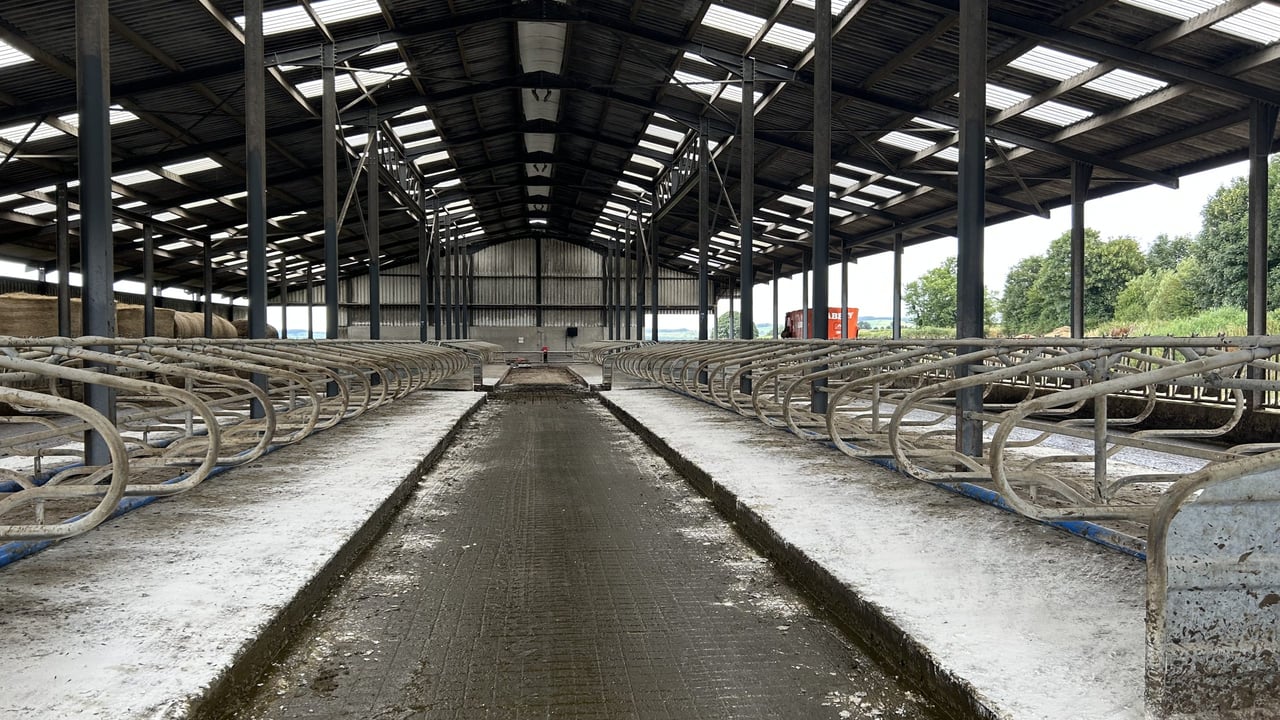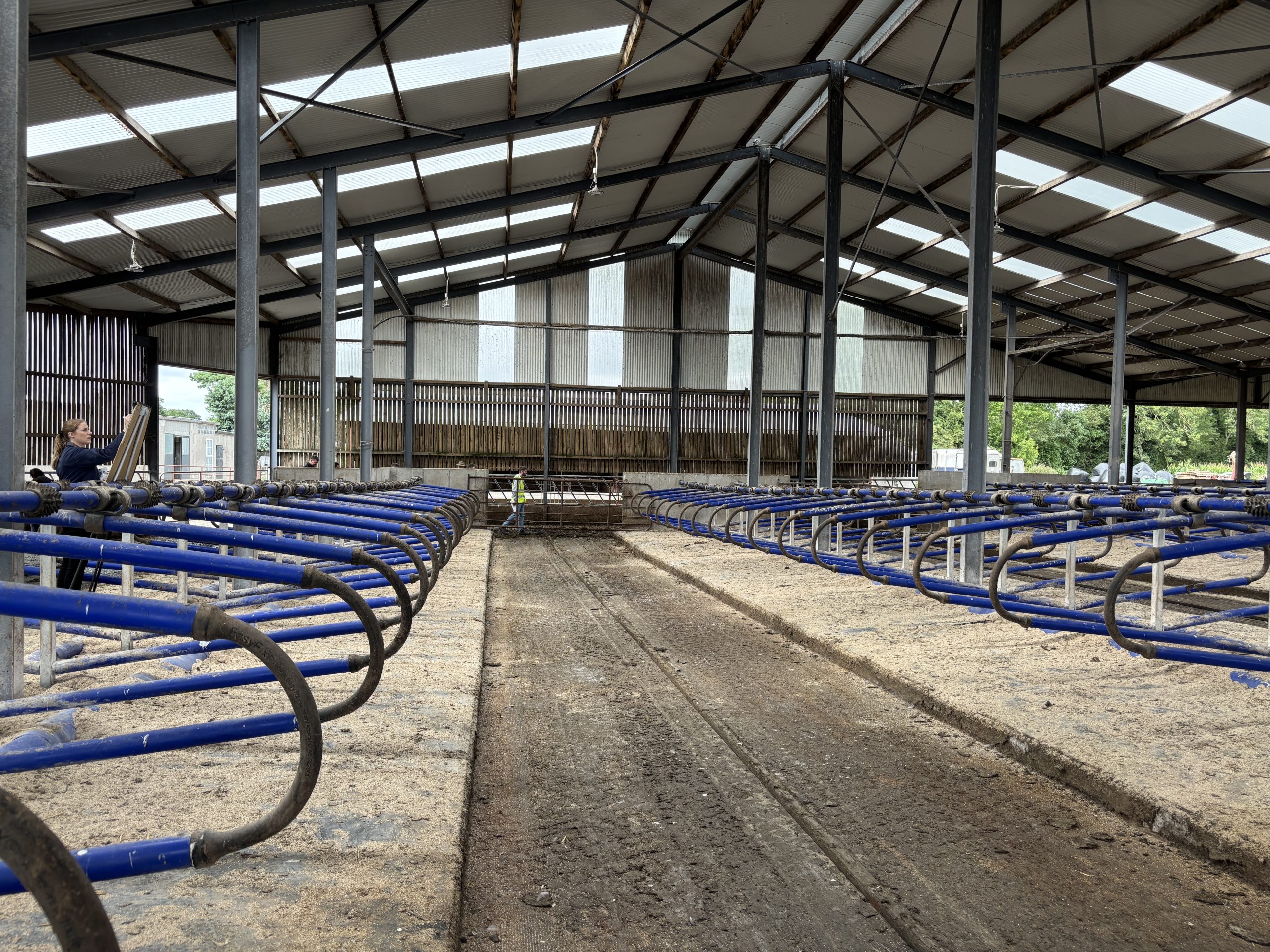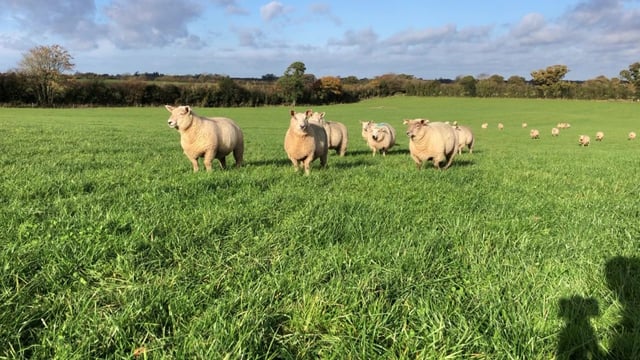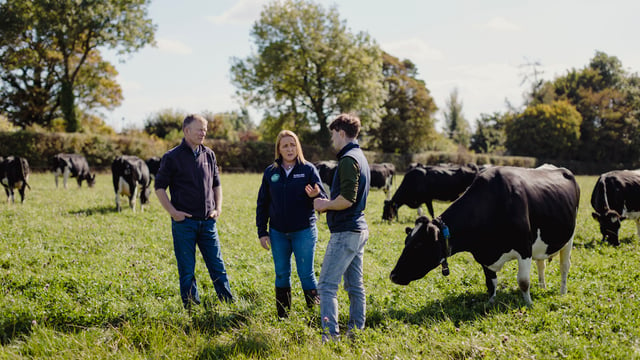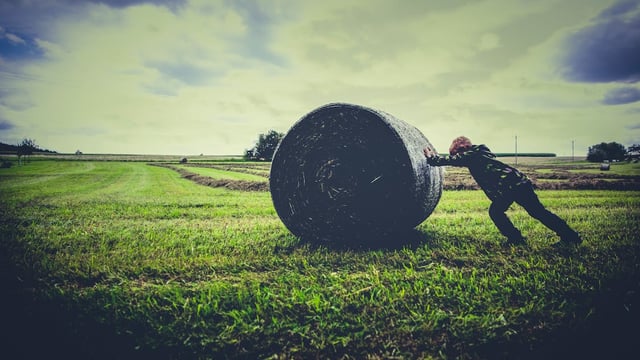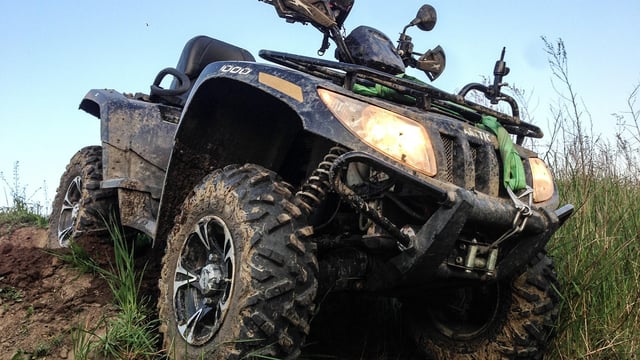What to consider when putting up a new cubicle shed this autumn
There are a few key parameters that farmers must consider when they are putting up a cubicle shed.
Building a cubicle shed may be on the agenda as usually, when silage supplies are secured and the breeding season is wrapped up, any building that needs to be done gets underway in the autumn time, when the main farm work has settled.
Comfortable housing is essential for your herd as it lays the foundation for optimal feed intake, adequate rest, optimal hygiene, and good health from lameness to mastitis prevention.
Se before there is a bucket in the ground or steel erected, farmers should double-check their measurements to make sure they are providing adequate space per cow, comfortable and clean cubicles, and adequate feed space per cow.
With the good milk price year and the quality weather this year, a lot of farmers are in a better position to invest back into their farm.
With studies showing that we will eventually need more slurry storage, it is making more sense to build cubicle sheds with extra slurry storage this year.
Cubicle shed design
When designing a cubicle shed, farmers should be allocating 8m2 per cow, which will cover the whole shed space, including the cubicles themselves and the passageways.
These measurements were highlighted by a Teagasc publication called 'Cubicle Housing for Dairy Stock', authored by Teagasc's Tom Fallon and Francis Quigley.
Any design undertaken needs to minimise the risk of bullying by having more than one route to the feed barrier and the water trough.
Cows do not like rubbing up against each other as they move around the cubicle house, and they want to be able to access feed, water, and cubicles without any trouble.
Cows will spend typically 14 hours of the day lying down, but will only do this if there is a comfortable environment to do so.
Lying time cannot be underestimated, as it facilitates the manufacture of milk as well as rest and the recuperation of cows during the dry period.
A good space for cows to lie down will reduce the risk of developing lameness and/or mastitis, providing the cubicles are designed well.
Signs of poorly designed cubicles include cows perched up on the cubicle with front legs on cubicle and the hind legs on the passageway -this indicates that the distance from the neck rail to the kerb may be too short or the neck rail too low.
Another indication of poor design may be cows lying straight, which can occur when the cubicle bed is too short or too wide.
If less than 10% of the cubicle beds have dung pads on them, it may indicate that the bed is too short or that the brisket board is incorrectly placed. If tails are hanging into the passageways, the beds are too short and mastitis issues may occur.
For your average 580kg cow in Ireland, the width of your cubicle should be 1.17m from centre to centre and a length of 2.6m from the wall to edge of cubicle with a slope of 5% to the passageway.
Ideally, farmers should allow for 10% more cubicles than cows, to allow for a free flow of traffic and give the cow the freedom of resting when and where she pleases. For a 100-cow herd, aim for for 110 cubicles.
Feed space
Feed space is critically important and is probably an issue on a lot of farms as cows like to behave as a herd and will eat together.
Inadequate feed space can be impactful on animal health and welfare as it creates competition for food, resulting in added pressure on hooves and injury.
There should be at least 0.6-0.7m of feed space per cow allocated depending on the barrier design.
Having inadequate feed space can make it difficult in the winter when you intend on splitting the herd based on their body condition and stage of pregnancy.
If there is currently not enough feed space on the farm, measures should be taken to ensure that poor condition and cows coming to the end of their first lactation are treated well and protected now.

